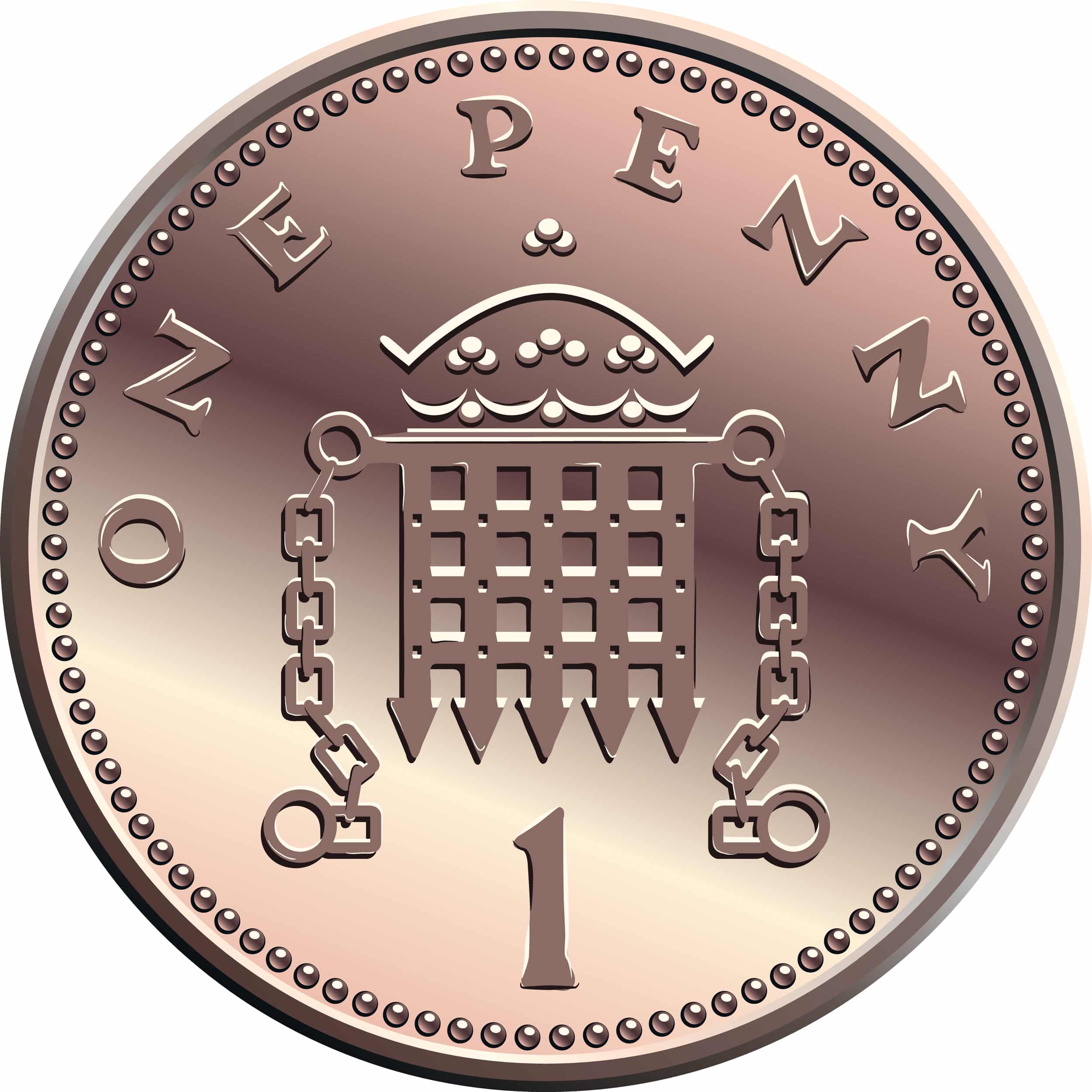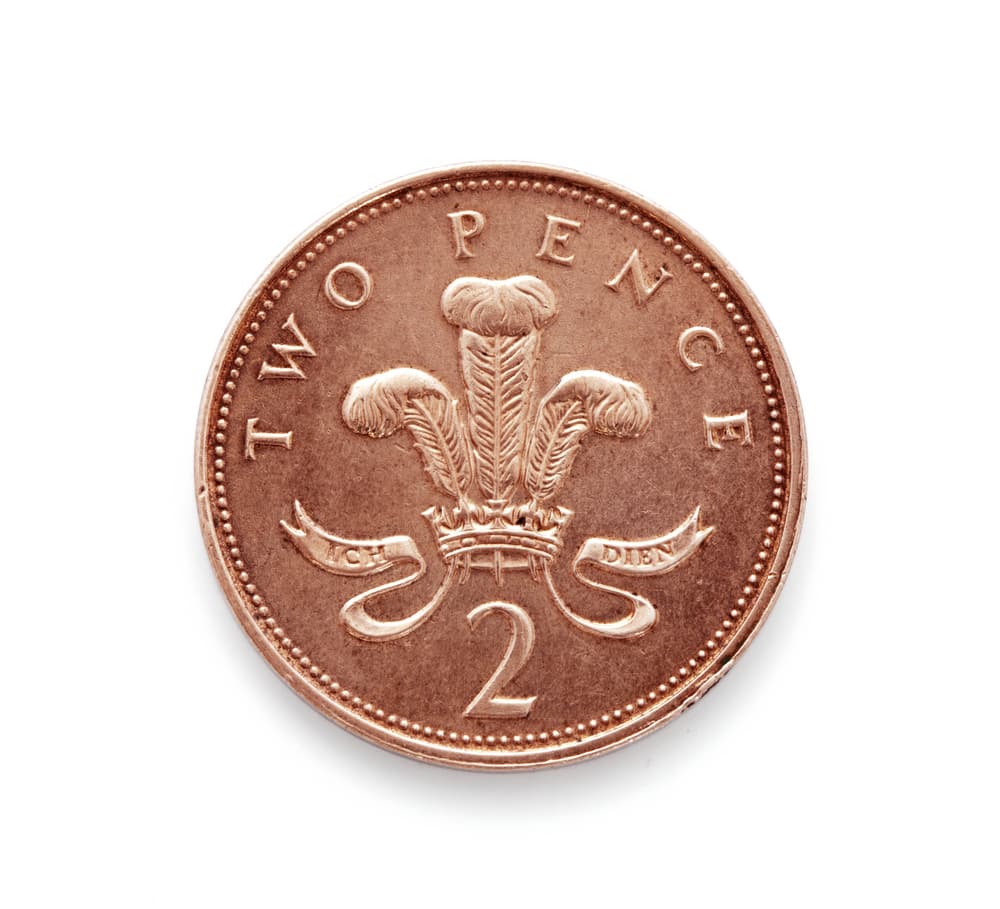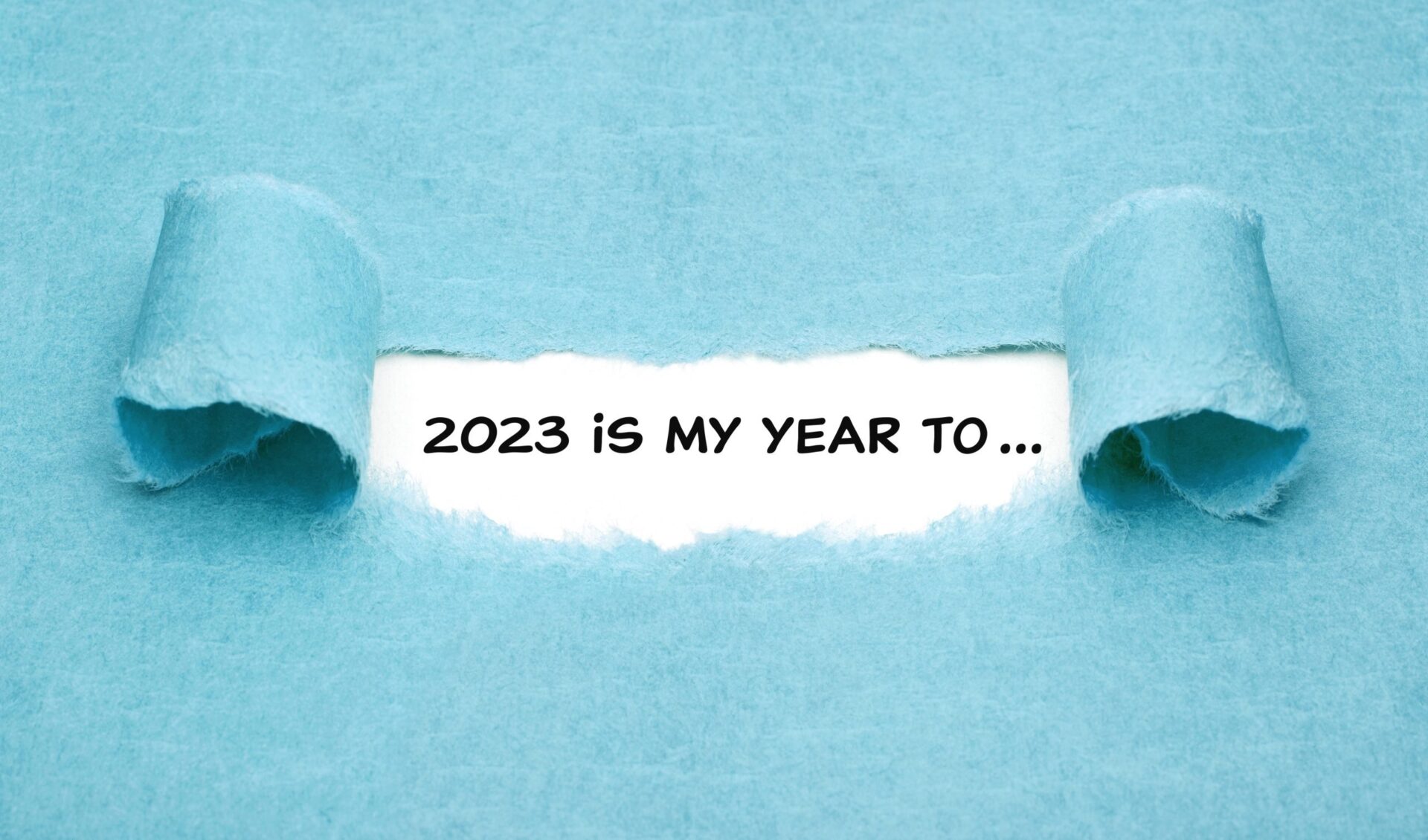Many courses that teach theory of one kind or another, do so in a very academic way. This involves learning a body of theories, which in practice is often a series of theorists. In University departments this serves the purpose of defining (and protecting) disciplinary boundaries. But it can be also be obscure, constraining and very dry. This is a shame because the often rich and subtle thinking embodied in theory can be hidden from view.
A more productive approach, as used in Roffey Park’s advanced academic programmes, comes at the problem of theory from a different angle. We are less concerned to teach you other peoples’ theory, than to open up your theories. This is possible, necessary indeed, because we all do theory pretty much all the time. Our lives only work if we can perform often very complex theoretical operations without having to think about them at all. Here’s one we do all the time.
Let’s consider a penny:

Look hard at this familiar object. Ask yourself how many things it is. This is not a trick question. It is one thing.
Now let’s consider a two penny piece.

Look hard once again. Ask yourself how many things this is.
And immediately we encounter a problem: one that only theory in some form will help us sort out. Because the two penny piece is one thing (the coin), and two things (the pennies) at the same time. In fact for all practical purposes it is two things. It is only really the pennies that count: the physical coin is no more than a token vehicle carrying them into a shopkeeper’s till. But we only know that this coin is two things because, helpfully, it tells us. The 2 stamped on the ‘tails’ face performs this act of numismatic magic. Historically, you will find this spelled differently: the ‘tale’. When coins were made of precious metals, we needed the tale to enable us to differentiate between the weight of the metal and the number of tokens it represented: two quite different systems of value embodied in the same object and causing all manner of problems (cf. Gresham’s Law). Our coins no longer have any intrinsic value, but we still need the 2 to tell us a tricky counterfactual story about what we used to think of as a simple object.
It’s just a coin, right? Well, no.
Our capacity to gloss over the profound paradox of the one thing that’s two things, is the basis of pretty much the whole of modern banking, finance, accounting and economics. If we could not accept these ‘tales’ of modern money there would be no pounds, no euro, no rupees, no Eurodollars, no Bitcoin. Monopoly would not have become such a popular source of family arguments.
The significance of this here is the move from practice to theory. We are so familiar with money in practice that we ignore the complex theoretical underpinnings that allow it to work. But once we start to question it, we reveal and must try to explain its paradoxical reality. By fostering this form of critical enquiry, by seeing beyond the self-evident and taken-for-granted, our approach to learning opens up new worlds of knowledge. And this is where the theories and theorists can help us – they have confronted similar dilemmas in the past, asked similar critical questions. But in approaching the problem of theory in this way, we are not bound by disciplinary conventions. The whole of philosophy, religion, literature, mathematics, physics and whatever else we might need to explain the world is available. This can be daunting, but is also very exciting.
Despite its reputation for complexity and abstraction, theory is fundamentally practical. For our advanced learners at Roffey Park Academy, uncovering and understanding that practical theory, theory as a tool to open the world up, is the start of a profound learning journey.
Penny for your thoughts?
Find out more about our MSc in People and Organisational Development.





